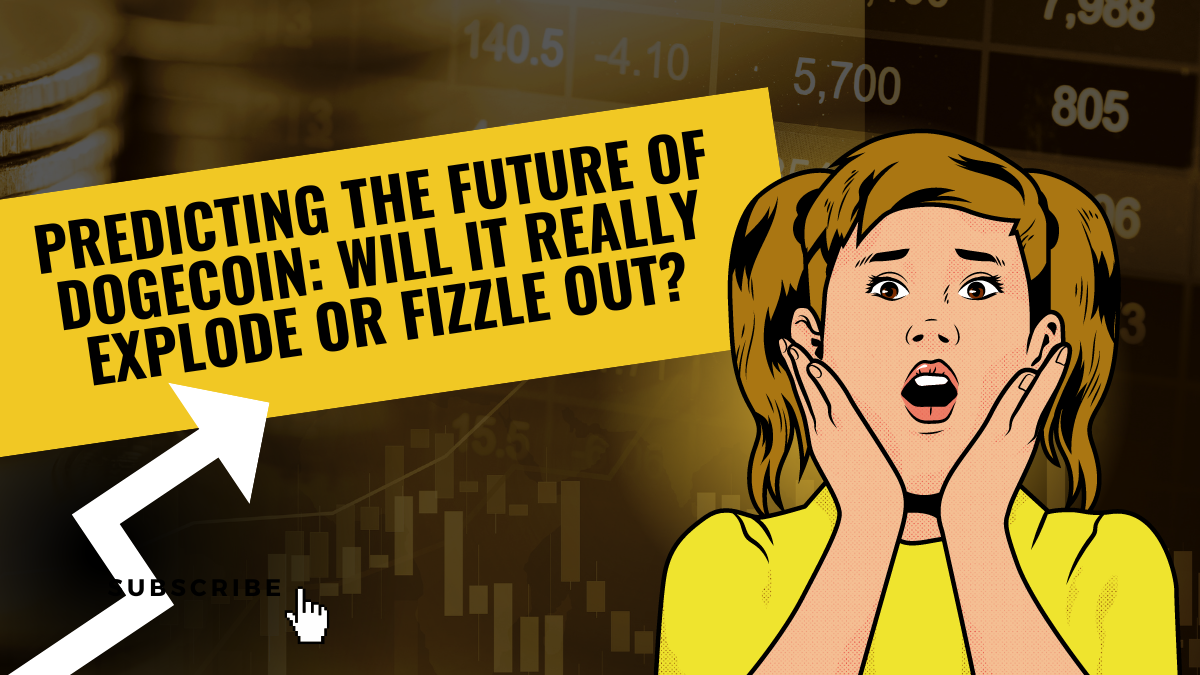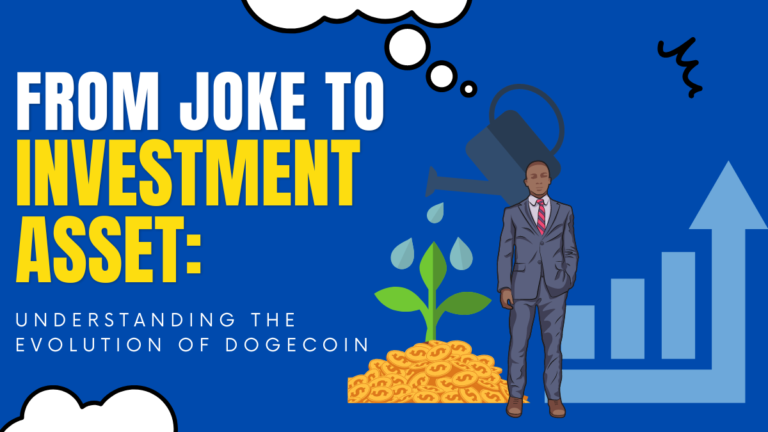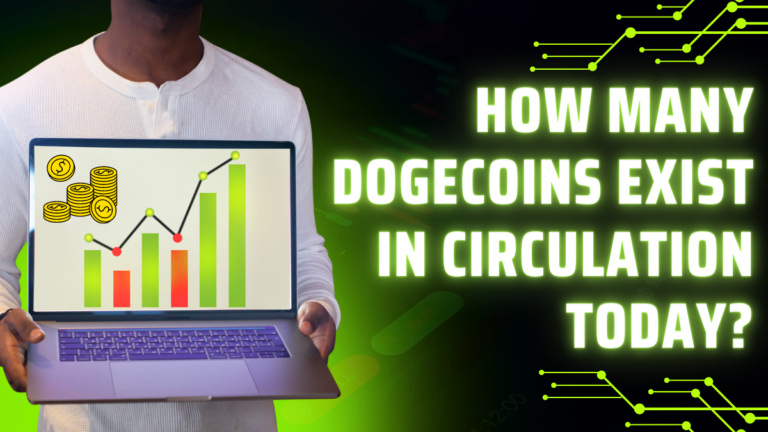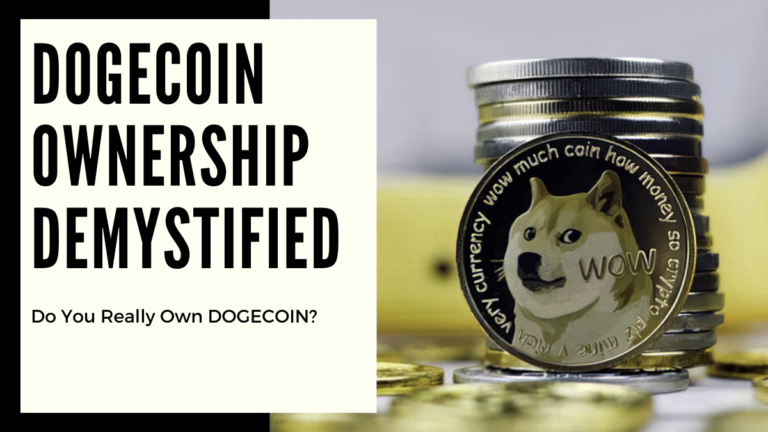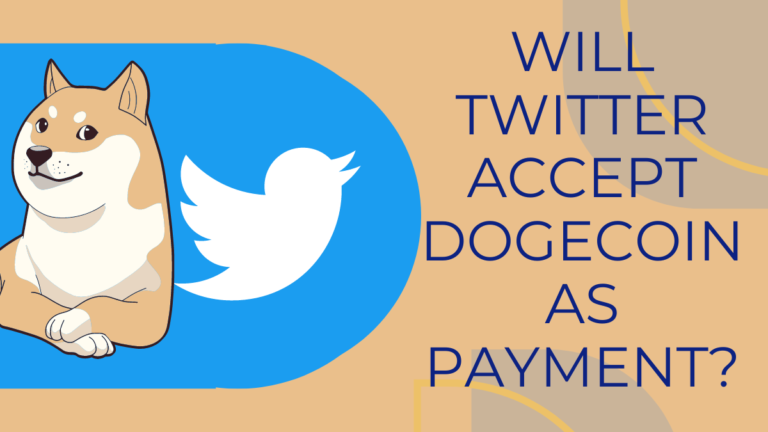Predicting the Future of Dogecoin: Will it Really Explode or Fizzle Out?

Welcome to the exciting world of cryptocurrency, where digital coins have taken over the financial landscape with a relentless fervor. Amongst these fascinating currencies lies Dogecoin – a coin that started as a lighthearted joke but has since captured the attention and investment frenzy of enthusiasts worldwide.
You may be wondering: is this unique virtual currency here to stay or merely another fleeting trend? Brace yourself as we delve into the electrifying realm of Dogecoin’s future, exploring whether it will explode in value like its namesake Doge meme suggests or fizzle out like yesterday’s news. Get ready for some jaw-dropping insights and forecasts that will surely leave you howling in anticipation!
Table of Contents
What is Dogecoin?
Dogecoin (DOGE) is a cryptocurrency whose issuance was based on an event in December of 2013 in which Jackson Palmer, a web developer, created a digital currency. Dogecoin’s name is taken from the Internet meme known as Doge, which is characterized by its shiba Inu dog logo and captioned with wacky phrases. The official abbreviation for Dogecoin is DOGE. As of February 2014, there were over 118 billion DOGE coins in circulation.
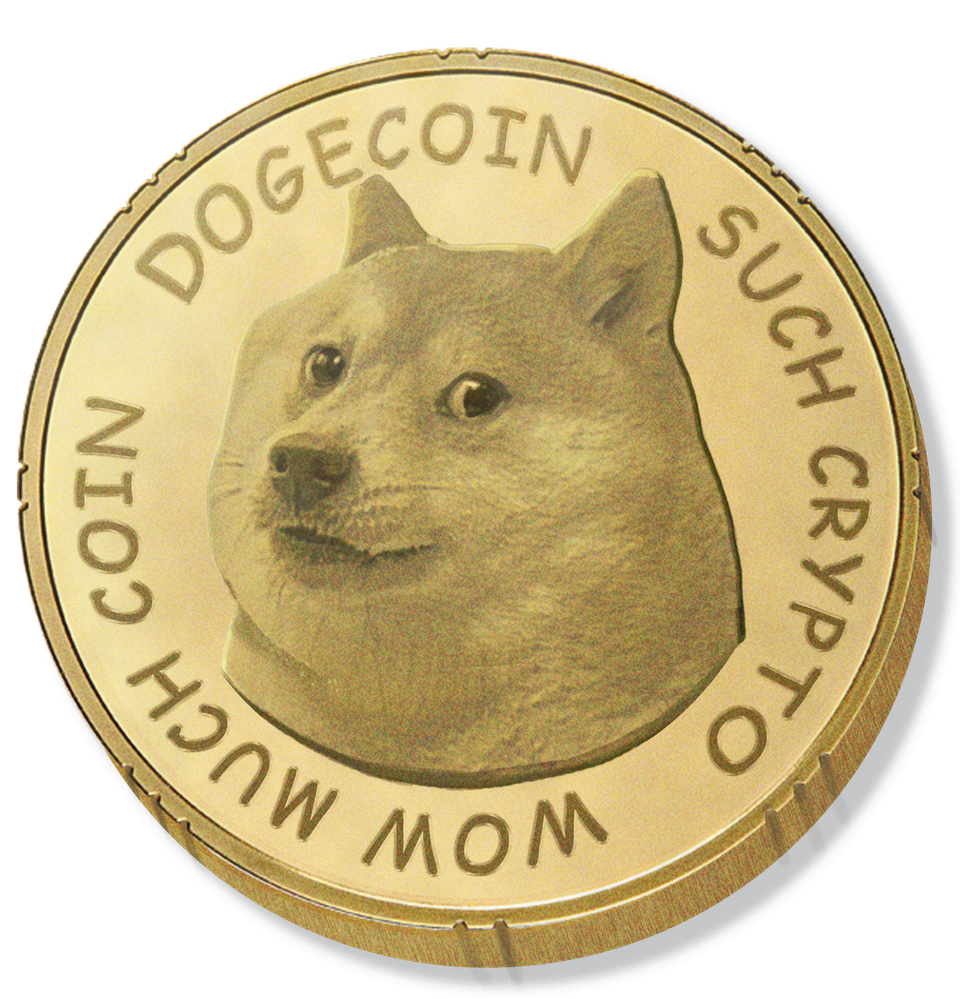
Dogecoin has experienced strong growth since its creation; however, many experts believe that it may not experience explosive growth like some other cryptocurrencies have. There are several reasons for this belief: firstly, the overall number of users of dogecoin is relatively low when compared to other cryptocurrencies such as Bitcoin and Ethereum;
secondly, the sustainability of dogecoins due to their low transaction fees makes them less appealing to investors than coins with higher value; and finally, given that dogecoins were initially designed as a fun-based currency, they may not be as enticing to those looking for investment opportunities as more established cryptocurrencies.
History of Dogecoin
Dogecoin, a new digital currency created in December 2013, is often cited as an example of a “cryptocurrency” that failed to live up to expectations. However, this article will explore the history of Dogecoin and suggest that it may have more potential than most people realize.
Created by programmer Billy Markus, Dogecoin was initially based on the Litecoin codebase but made several significant changes. For example, transactions are processed much faster than with Litecoin and Dogecoins can be generated through a process known as “mining”. Additionally, Dogecoin features a unique logo – a cartoon image of a Shiba Inu – which has contributed to its popularity.
Despite early predictions that Dogecoin would fail, the currency has gradually gained in popularity and currently ranks as the seventeenth most valuable cryptocurrency on the market with a total market value of over $200 million.
This steady growth may be due in part to doge-related media coverage – for example, the popular “Doge Challenge” game featuring challenges such as driving across Canada in less than sixty minutes – as well as the relatively low barrier to entry for installing Bitcoin wallets supporting Dogecoin.
While there is no guarantee that Dogecoin will continue to grow in popularity or even remain viable in the long term, its history suggests that it may have potential beyond many people’s expectations.
How Does Dogecoin Work?
Dogecoin is a virtual currency that uses the decentralized blockchain technology. It was created on December 8th, 2013 as a fun way to make payments online and has since become an internationally recognized digital currency.

The Dogecoin network is based on the following principles:
- Each Dogecoin unit is backed by 10 billion DOGE (decree) from the overall supply. This ensures that no matter how much DOGE is created, there will always be at least 10 billion units in circulation.
- Transactions are verified by network nodes through cryptography and recorded in a public decentralized ledger called a blockchain. Bitcoin relies on centralized servers to verify and record transactions while Dogecoin avoids this by using a peer-to-peer network.
- The protocol allows for the inflation of new Dogecoins through a process called mining. This means that over time more Dogecoins will be created, making them less valuable but continuing to circulate.
Why is Dogecoin Popular?
Dogecoin is a very popular digital currency that started in December 2012. The Dogecoin community is made up mostly of new crypto enthusiasts and people who simply want to have some fun. Their slogan is “To the moon!” and they really believe that this digital currency can truly take off and become a great way to purchase goods and services.
One thing that makes Dogecoin stand out from other digital currencies is its quick transactions. You can usually find Dogecoin being used on sites like Reddit, 4chan, and Discord. People tend to love Dogecoin for its simplicity and lighthearted nature.
Will Dogecoin Explode?
Dogecoin is one of the newer digital currencies on the scene, with its inception in December 2013. While there are many unknowns surrounding this fledgling currency, some market analysts are predicting a bright future for dogecoin.
One of the key reasons why dogecoin may be successful in the long term is its widespread acceptance. As of early 2015, over 100,000 online merchants accepted dogecoin as an option for payment. This wide adoption allows dogecoin to stay afloat in a volatile digital currency market and potential investors see this as a sign of stability and security.
Another advantage that dogecoin has is its community involvement. The Dogecoin team is heavily reliant on user feedback to improve the functionality and usability of the coin. This connection between users and developers leads to the continuous evolution of the currency and enhanced acceptability among traders and merchants.
However, there are also some criticisms that surround dogecoin. One issue is that it was created as a joke currency, and some observers believe that this will eventually lead to its demise. Additionally, because it was created as a relatively new currency, its value fluctuates significantly more than other established cryptocurrencies like Bitcoin or Ethereum. Consequently, some traders who rely on stable prices may not find dogecoin very appealing.
Conclusion
As with all things in cryptocurrency, the future of dogecoin is impossible to predict. While it has certainly had its share of successes and failures over the past few months, it remains to be seen what the future will hold for this interesting and novel cryptocurrency.
So far, dogecoin seems to be holding up relatively well against some of its more established counterparts, but who knows where things will go from here? Considering how quickly new cryptocurrencies come and go these days, anything can happen.
If you’re interested in keeping tabs ondogecoin’s latest developments, we recommend following CoinMarketCap or Coinigy – two great resources for tracking prices and trends in the crypto sphere.
